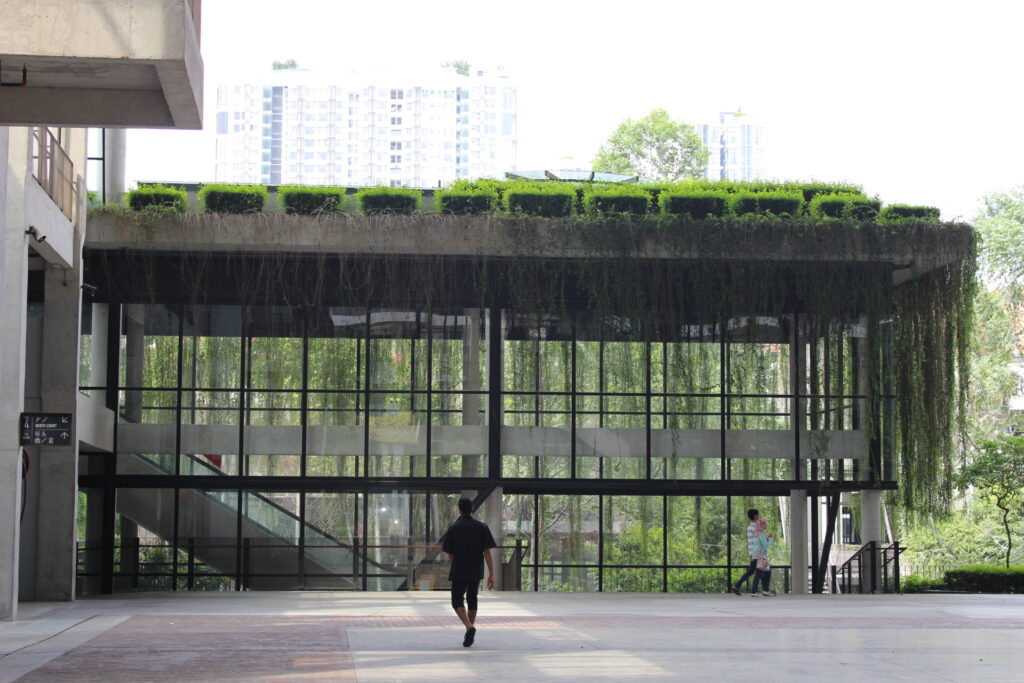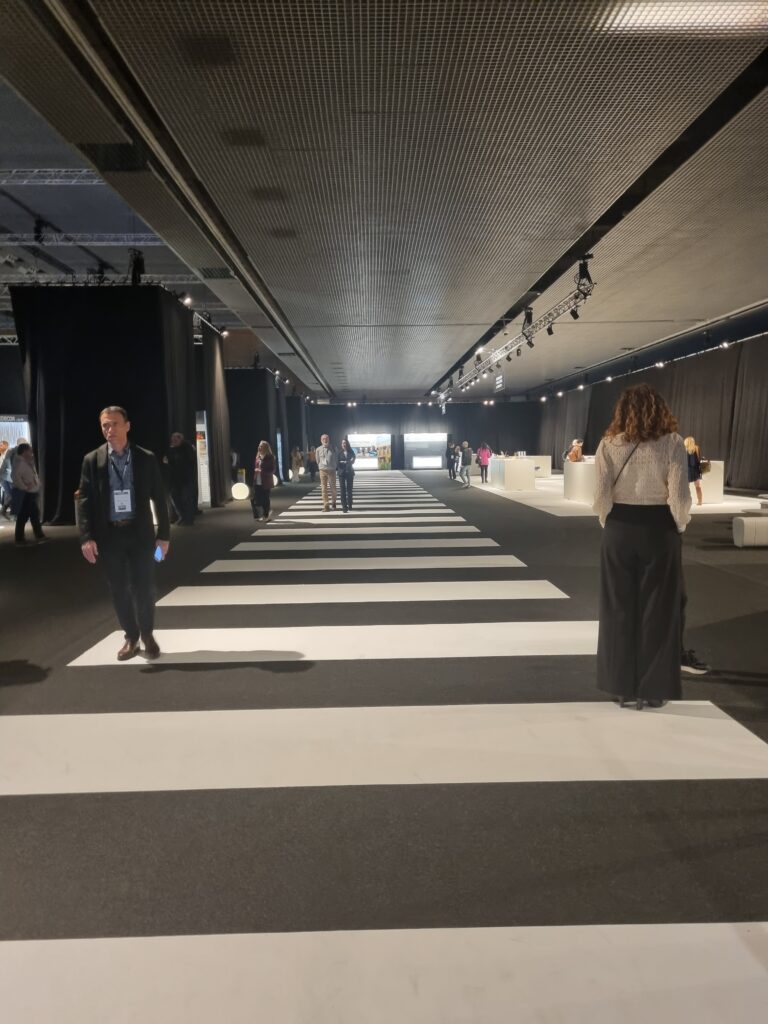According to a 2023 Architectural Services Industry Report by Benchmark International, the global architectural services market is set to grow steadily at a “4.8% compound annual growth rate (CAGR) through 2030″.
“The architectural services industry comprises various companies that design and plan buildings and structures spanning residential, institutional, leisure, commercial, and industrial spaces. Key areas of expertise include knowledge of design, construction, zoning, building codes, and building materials.“
This analysis is the authors own reading of the 2023 Architectural Services Industry Report by Benchmark International, offering a snapshot of the current state and future prospects of the architectural services market.
The Booming Architectural Services Market
The global architectural services market reached a staggering $359.98 billion in 2022. With a projected CAGR of 4.8% through 2030, this expansion presents a wealth of opportunities for architects to diversify their services and expand their client base. Question is how?
Key Growth Drivers behind this growth are:
- Rapid urbanization in developing countries
- Increased government focus on affordable housing
- Rising demand for sustainable construction practices
As an architect, understanding these key drivers can help you position your services to meet the evolving needs of the market and capitalize on emerging opportunities.
Embracing Technology: The Future of Architectural Design

Does the adoption of technology necessitate a departure from traditional architectural styles? Can technology tools be used to enhance and refine traditional design methods?
The integration of cutting-edge technology is revolutionizing the architectural industry, offering new ways to design, visualize, and construct buildings.
– 3D Printing Revolution
3D printing technology is transforming the way architects approach design and construction. This innovative technology allows for:
- Faster project design and visualization
- Creation of 3D-printed living accommodations
- Rapid prototyping of complex architectural elements
A prime example of this technology in action is Dubai’s “Office of the Future,” the world’s first 3D-printed office building. This groundbreaking project demonstrates the potential of 3D printing in architecture and sets a new standard for innovative construction techniques.
– AI, VR, and AR: Enhancing Client Experiences
Artificial Intelligence (AI), Virtual Reality (VR), and Augmented Reality (AR) are powerful tools that can significantly enhance your ability to communicate complex designs to clients. These technologies offer:
- High-precision showcasing of intricate design concepts
- Time and cost savings in the design process
- Improved client communication and satisfaction
By incorporating these technologies into your practice, you can provide immersive experiences for your clients, helping them better understand and engage with your designs.
“Are engineering and construction industry leaders ready to harness the full potential of changing industry dynamics to benefit their clients, people, organizations, communities, and society more broadly?” – Deloitte
Sustainable Design: Meeting the Green Building Demand

Sustainability has moved from a niche concern to a central focus in architecture. The growing demand for eco-friendly buildings presents a significant opportunity for architects to specialize in green design.
– Opportunities in Eco-Friendly Architecture
The market for sustainable architecture is expanding rapidly, driven by increasing environmental awareness and stricter building regulations. Key areas of focus include:
- Bioclimatic design principles
- Energy-efficient building systems
- Green building certifications (e.g., LEED, BREEAM)
By developing expertise in these areas, you can position yourself as a leader in sustainable architecture and attract environmentally conscious clients.
Smart Home Integration

The rise of smart home technology is changing the way we think about residential architecture. As an architect, you can capitalize on this trend by:
Designing homes with integrated automation systems for security, temperature control, and lighting efficiency. This approach not only enhances the living experience but also contributes to reduced energy costs and environmental impact.
High-Growth Service Segments to Explore
The architectural services market encompasses various specializations, each presenting unique opportunities for growth and specialization.
– Construction and Project Management
This segment holds the largest market share at 35.4% and is projected to grow at a CAGR of 7.64% through 2030. To succeed in this area, focus on developing skills in:
- Project lifecycle management
- Cost control and budgeting
- Scheduling and risk management
– Urban Planning
With a forecasted CAGR of 6.4% through 2030, urban planning is a rapidly growing segment. This growth is driven by government initiatives for urban development and the increasing complexity of city landscapes. Opportunities in this field include working on smart city projects and developing sustainable urban environments.
– Architectural Advisory and Interior Design
The rising focus on environmental concerns has led to increased demand for architectural advisory and interior design services, particularly in the realm of green building consulting. By offering specialized advice on sustainable design practices and energy-efficient interiors, you can tap into this growing market segment.
– Targeting Lucrative End-User Segments
Understanding the needs of different end-user segments can help you tailor your services and marketing efforts more effectively.
– Industrial Sector
The industrial sector holds the largest revenue share at 45% and is projected to grow at a CAGR of 7.2% through 2030. This growth presents opportunities in:
- Factory design and layout optimization
- Industrial complex planning
- Integration of sustainable practices in industrial architecture
– Residential Sector
As the second-highest growing segment, the residential sector offers significant opportunities driven by urban population growth and rising disposable incomes. Focus on:
- Sustainable residential structures
- Smart home integration
- Efficient use of space in urban environments
– Healthcare and Hospitality Sectors
Both the healthcare and hospitality sectors are experiencing increased demand for architectural services. In healthcare, there’s a growing need for upgraded medical facilities designed to improve patient outcomes and satisfaction. The hospitality sector, driven by increasing tourism, requires new hotels, resorts, and restaurants in popular destinations.
By developing specialized expertise in healthcare or hospitality design, you can position yourself to capture a share of these growing markets.
Regional Hotspots for Architectural Services
Understanding regional trends can help you identify the most promising markets for expansion or specialization.
– Asia-Pacific: The Dominant Market
The Asia-Pacific region holds the largest market share at 36%, driven by rapid urbanization and ambitious smart city initiatives. China, in particular, is emerging as a leader in 3D printing for construction, offering exciting opportunities for innovative architectural practices.
– Europe: A Market in Recovery
The European market is showing strong signs of recovery, with growing investment in the construction sector, particularly in IT infrastructure. The UK presents a notable opportunity, with London alone anticipating a need for 40,320 new homes annually over the next decade.
North America: Unique Market Demands
- In the United States, architectural movements are on the rise, driven by high levels of development activity, particularly in the multifamily property market. This trend offers opportunities for architects to create innovative solutions for urban living spaces.
Strategies for Success in a Competitive Landscape

- Niche Specialization: Focus on a specific area of expertise to stand out.
- Strategic Partnerships: Collaborate with complementary professionals.
- Technology Adoption: Utilize digital tools to enhance efficiency and reach.
- Continuous Learning: Stay updated on industry trends and develop new skills.
- Client-Centric Approach: Build strong relationships and deliver exceptional service.
- Effective Marketing: Create a strong brand and target your ideal clients.
These strategies can help position your architectural practice for success in the competitive landscape.
